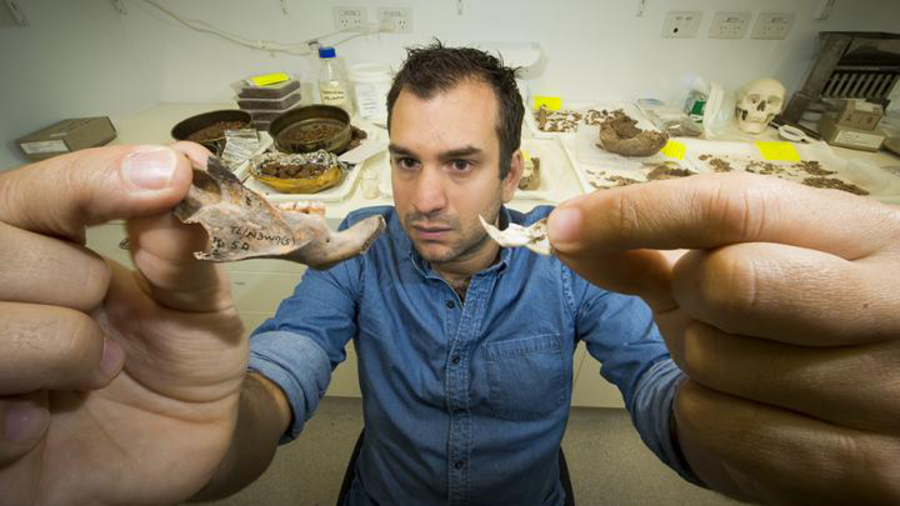Why did those giant rats go extinct? And could they come back?
“Rodents of unusual size? I don’t think they exist,” says Westley, the young heroic lead in "The Princess Bride," an instant before he gets tackled by a rat the size of a bear.
Turns out the 1987 cult classic film has some reality behind it. Though a bear-size rat hasn’t yet materialized in archeology, fossils from the largest rat ever were recently discovered by researchers from the Australian National University (ANU). About the size of a miniature dachsund, it used to live alongside humans on the Southeast Asian island nation of East Timor thousands of years ago, they said.
ANU scientists are now trying to determine why the rats vanished about a thousand years ago. They suspect humans, which seem to have first moved through the Southeast Asian islands 46,000 years ago, had something to do with it.
“The reason we think they became extinct is because that was when metal tools started to be introduced in Timor [and] people could start to clear forests at a much larger scale," said ANU paleontologist Julien Louys in a statement online.
The research team said that the information it is gathering on how humans interacted with and affected their environment on the islands over thousands of years can be used to inform modern conservation efforts.
“We're trying to find the earliest human records as well as what was there before humans arrived," Dr. Louys said.
He added, "Once we know what was there before humans got there, we see what type of impact they had."
The Australian team discovered the fossils of seven species of these giant rats recently while trying to map the earliest human movement through Southeast Asia as part of a project called “From Sunda to Sahul.”
The biggest rats, they reported in a statement, were the size of a small dog, 10 times bigger than the rodents we’re familiar with today.
It seems that humans not only lived alongside the beastly rats thousands of years ago, they also ate them, researchers report.
“We know they're eating the giant rats because we have found bones with cut and burn marks," Louys said.
Though the giant rat is an impressive new discovery, it’s certainly not the most astonishing example of a modern animal that has shrunk over millennia by evolutionary forces to a more manageable size (as far as humans are concerned).
In 2009, paleontologists discovered fossils of a school-bus-length relative of a boa constrictor in Colombia. Its 2,500 pounds were expected to have slithered through the Amazonian forest about 60 million years ago, after the dinosaurs died out.
But there are giants still among us today who survived mass extinctions, one of which wiped out the dinosaurs 65.5 million years ago.
Namely, the blue whale, the largest known animal to have ever lived. Some have been recorded at about 100 feet long, though 70 to 90 feet is the average length. That’s the length of three school buses. They weigh about 200,000 to 300,000 pounds.
There’s also the American bison, elephants, and rhinos, as Slate pointed out.
Scientists believe that bulk can confer evolutionary advantages, reports Slate. Bigger animals don’t need to worry about predators so much and can beat out all others for resources. Prodigious size can help warm-blooded animals retain heat in cold climates, or alternatively, it can help insulate cold-blooded animals and keep them from overheating in hot climates.
And it could bring giants back. It took 15 million years for giant mammals to come back after the dinosaurs died; the last major extinction happened about 12,000 years ago. If giant rats ever roam the Earth again, it likely won't be for a very long time.





